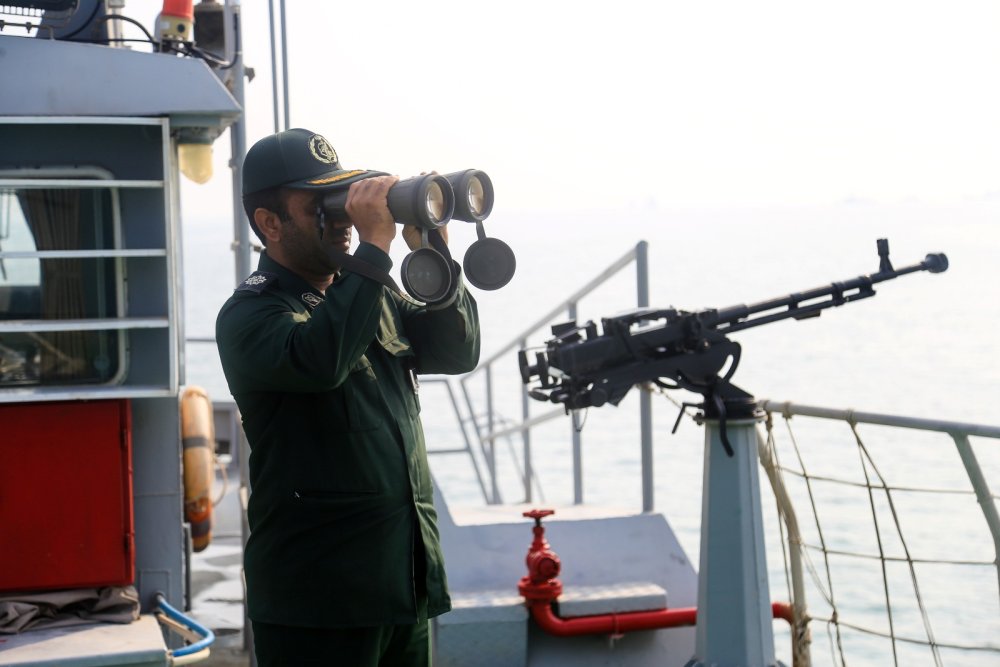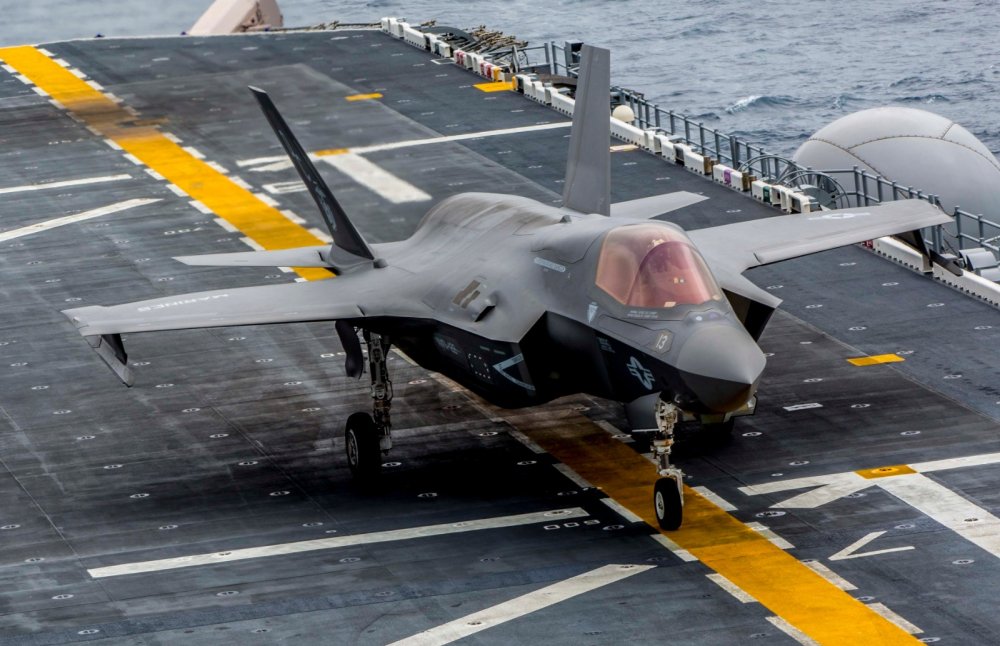by Michael Peck
Before December 3, 1971, Pakistan was a country suffering from a split personality disorder. When British India became independent in 1947, the country was divided into Hindu India and Muslim Pakistan. The problem was that East Pakistan and West Pakistan were almost a thousand miles apart, and wedged in between them was archenemy India. Imagine if the United States only consisted of the East Coast and West Coast, and Russia controlled all of North America in between.
Thirteen days later, Pakistan had been amputated. Indian troops had conquered East Pakistan, which became the new nation of Bangladesh. More than ninety thousand Pakistani soldiers were taken prisoner, half the Pakistani Navy had been sunk and the Indian Air Force came out on top. It was total humiliation, and not just for Pakistan. The United States and Britain sent aircraft carriers in a futile attempt to intimidate India, and ended up facing off against Soviet warships. Pakistan’s defeat also spurred its rulers to begin the development of nuclear weapons.
The 1971 India-Pakistan War, the third major conflict between the two nations in twenty-five years, was sparked by unrest in East Pakistan. The Bengalis of East Pakistan, who constituted 54 percent of Pakistan’s population at the time, chafed under the rule of West Pakistan. The two Pakistans belonged to different ethnic groups and spoke different languages.




/arc-anglerfish-arc2-prod-mco.s3.amazonaws.com/public/RAN77HOVLFAFFJGNGRTFYLG3GY.jpg)










